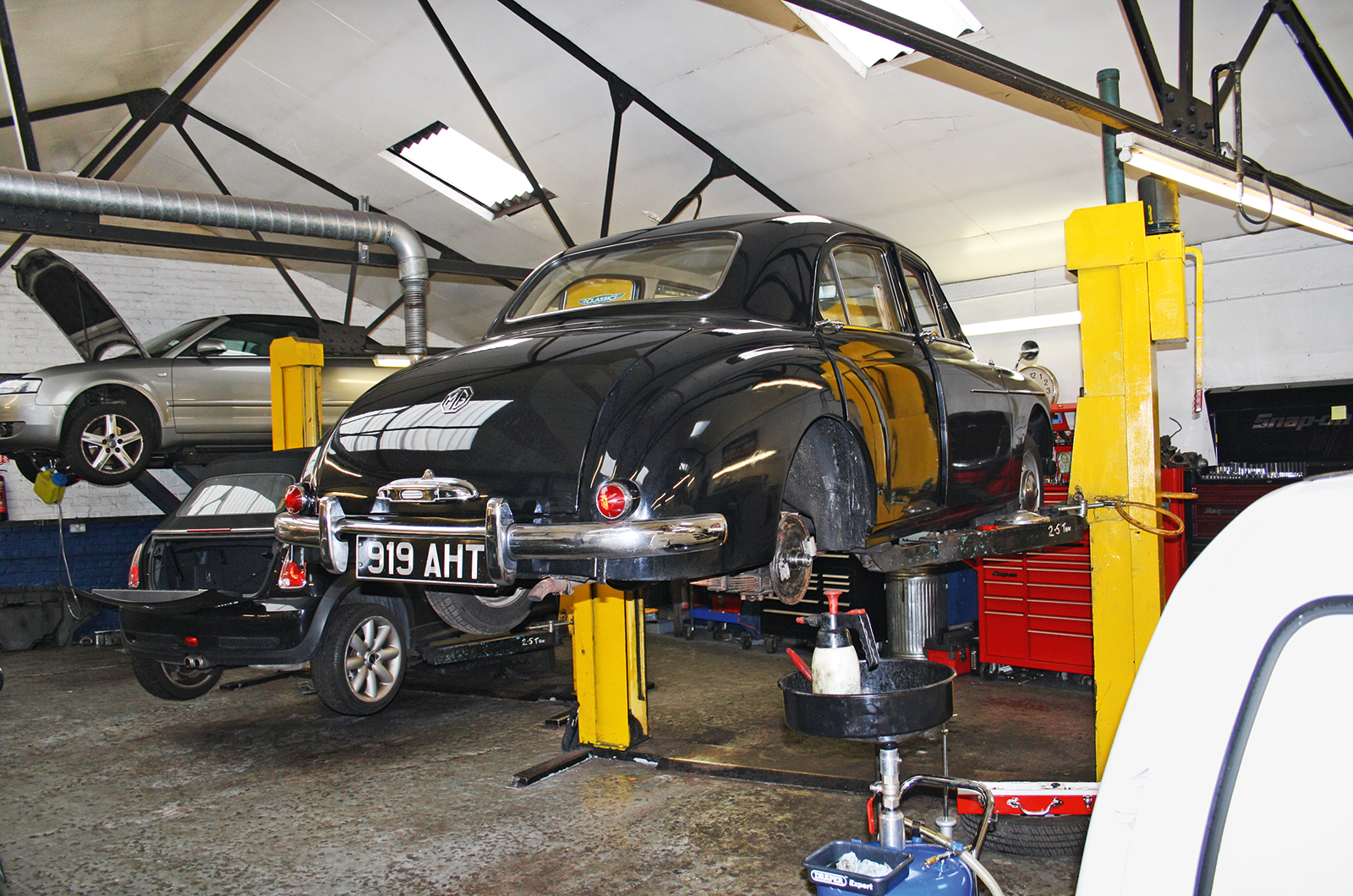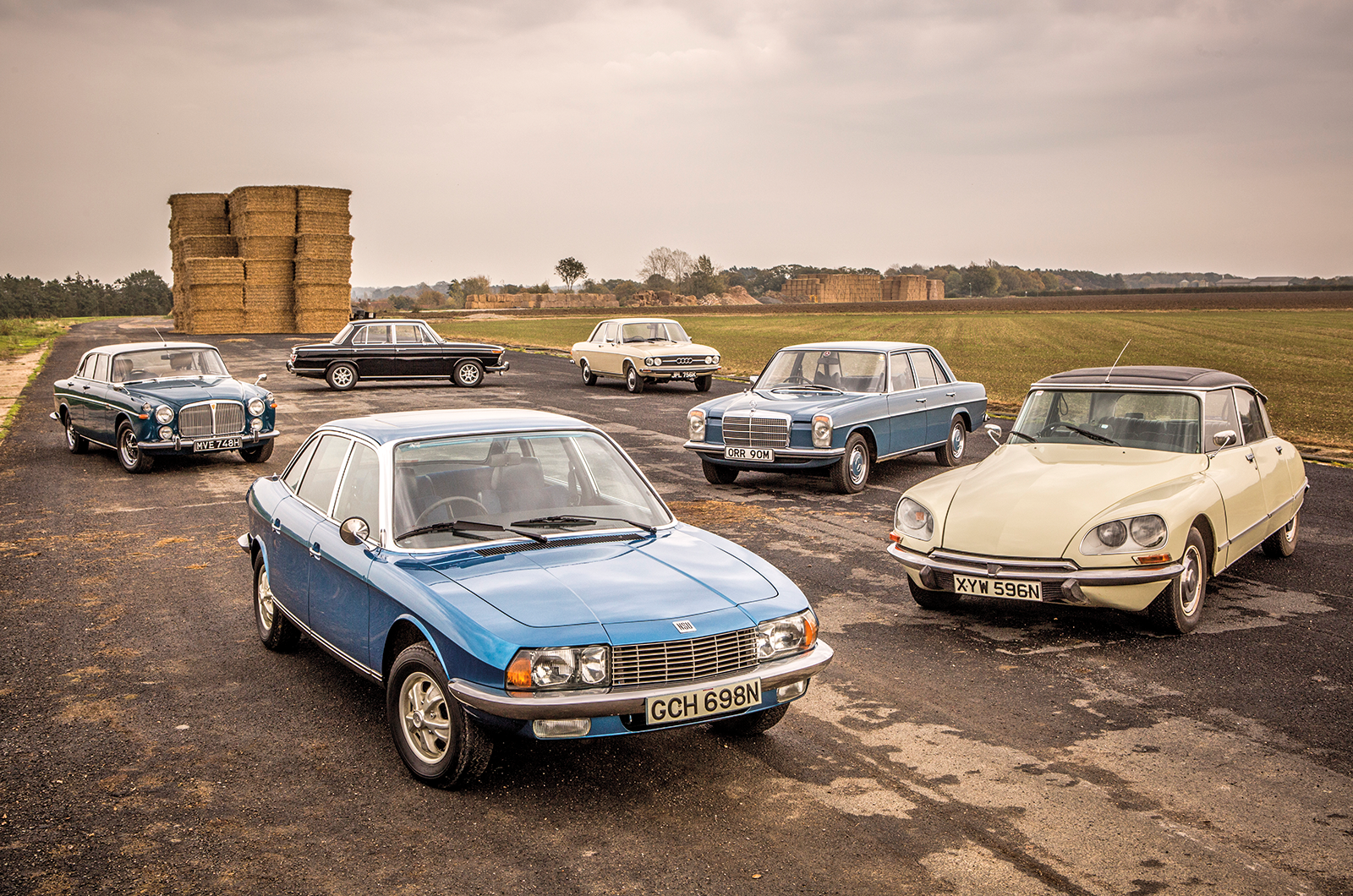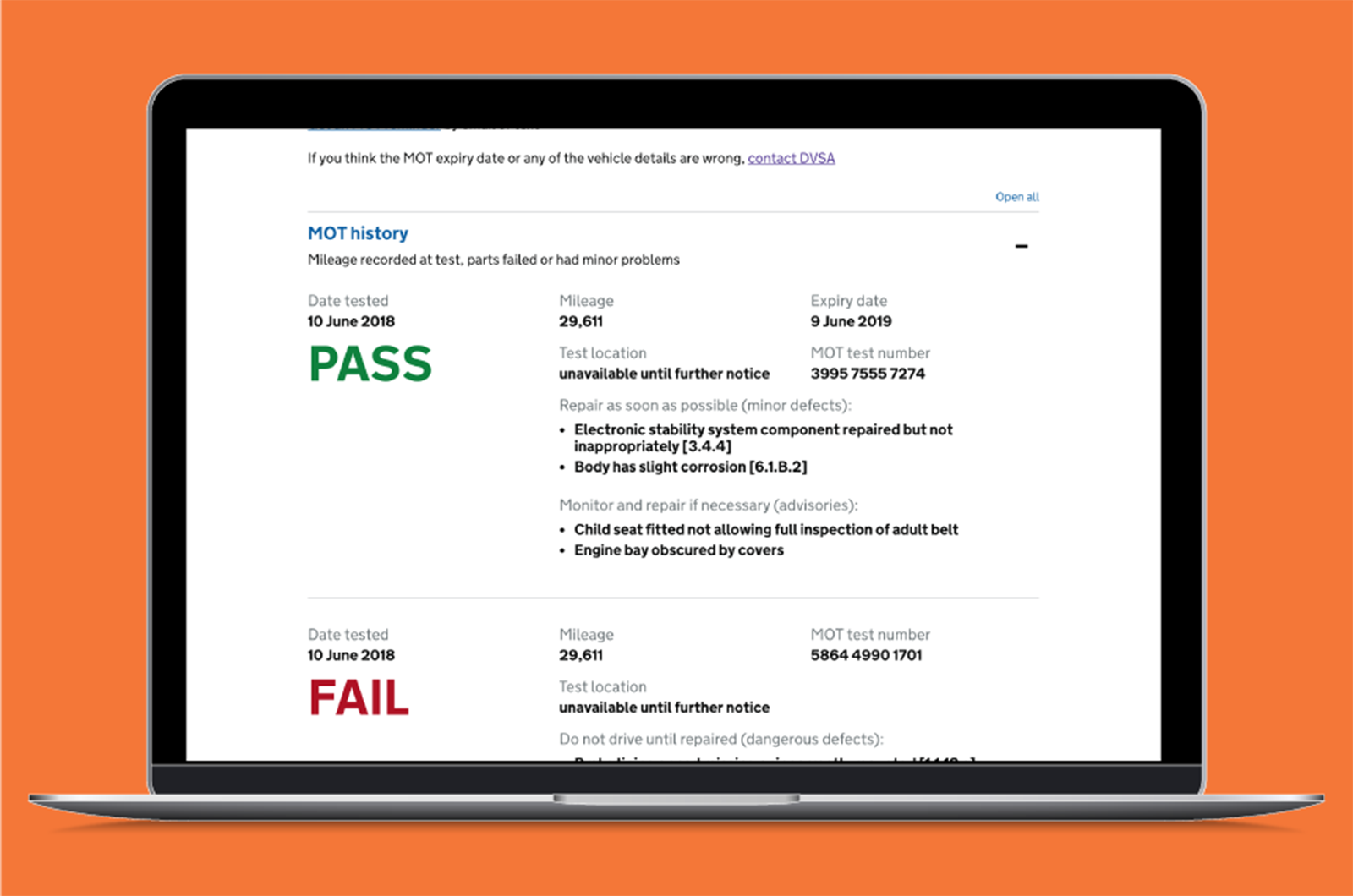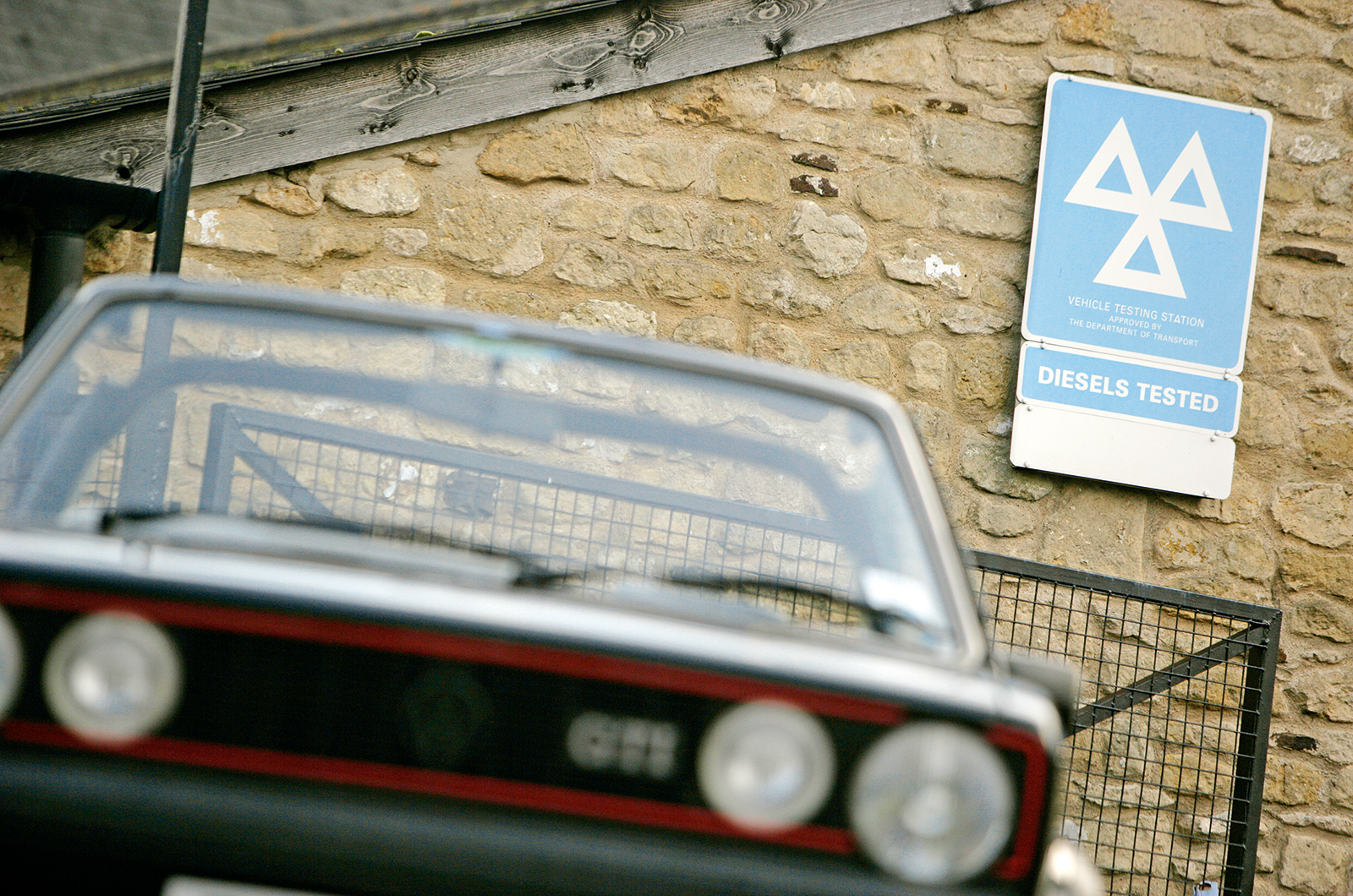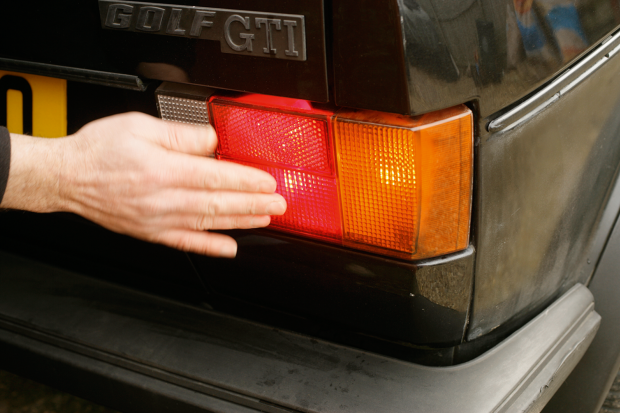
On 20 May 2018, the UK’s MoT laws underwent a major overhaul with significant consequences for classic car owners.
So what happened? And how do the changes affect you?
Well, it’s complicated.
But don’t worry, we’ve broken it all down for you in this simple guide below.
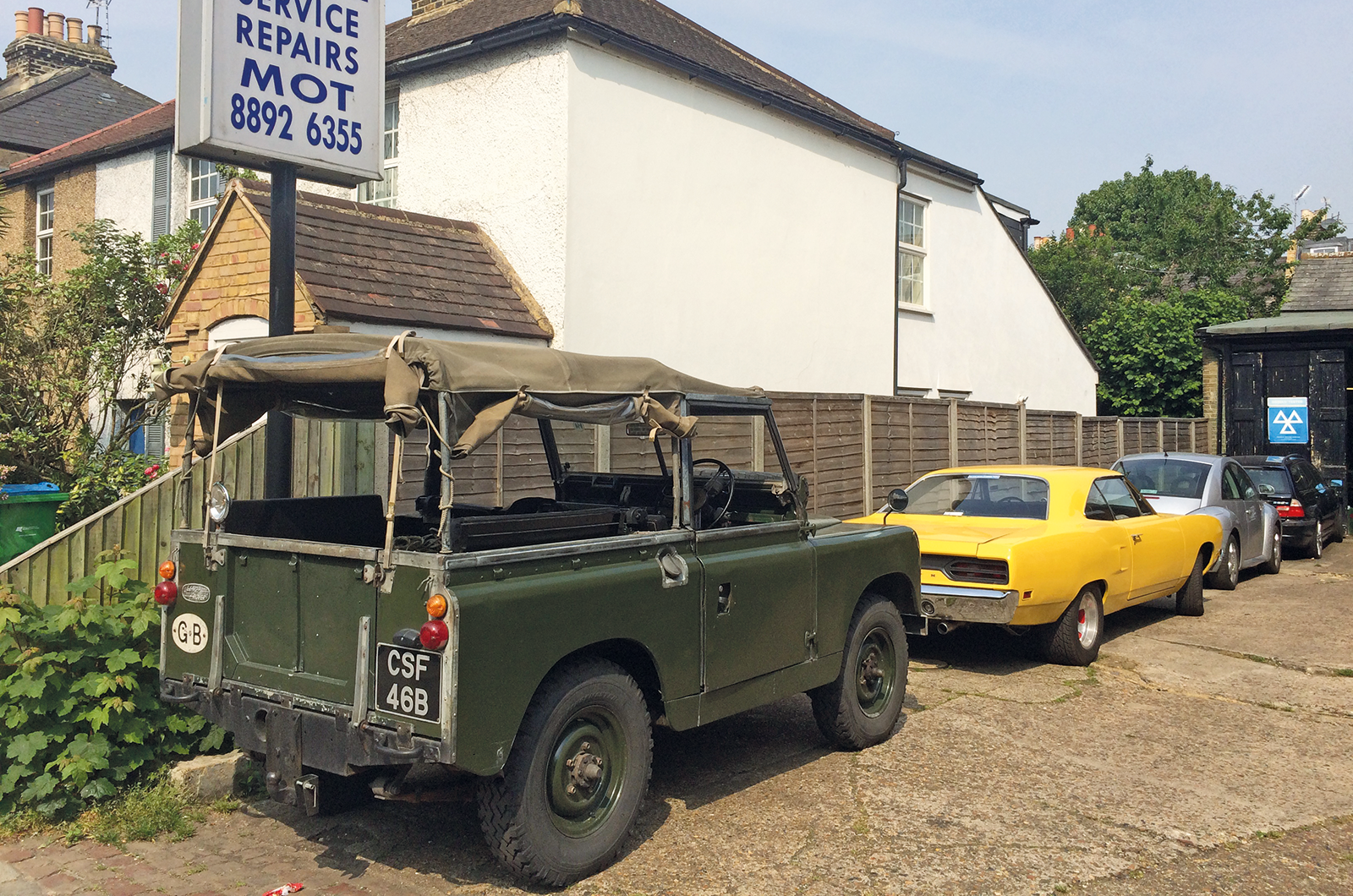
Pre-1978 cars will potentially be MoT exempt from 20 May
1. Classic cars more than 40 years old will no longer need an MoT...
This is the big one for classic car enthusiasts. Whereas before only cars first registered before 1960 were exempt from needing an MoT, the new rules apply to any car first registered more than 40 years ago – with some exceptions, which we’ll go into below.
That means that, using today's date, most cars first registered before 18 June 1979 no longer need an MoT under the new regulations. What’s more, the ‘40 years’ rule is a rolling date. So if your car was first registered on 1 September 1979, you won't need an MoT after 1 September this year. And so on.
2. ...unless they do
As always with these things, there are exceptions. Lots of them.


